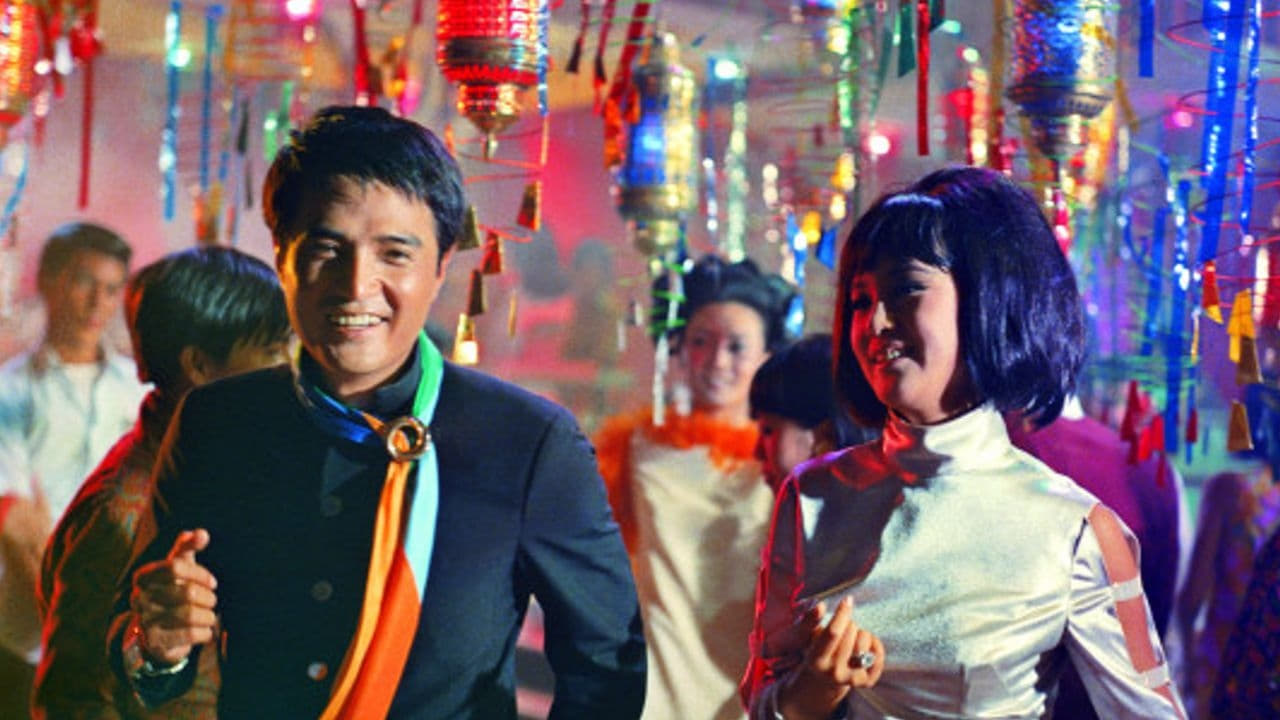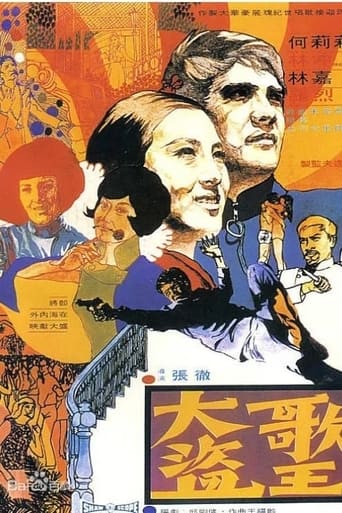Myron Clemons
A film of deceptively outspoken contemporary relevance, this is cinema at its most alert, alarming and alive.
Brian Camp
THE SINGING THIEF is a 1960s caper film from Hong Kong's Shaw Bros. studio with an emphasis on romantic comedy until an hour into the film when thriller elements are added to a very slight tale about "Diamond" Poon (Lin Chong), a jewel thief-turned-nightclub singer who is wanted by the police after a copycat thief undertakes a series of robberies designed to implicate the singer. A pretty young heiress, Darling Fang (Lily Ho), insists to the police that she wants to direct the case herself, in order to protect her own collection of jewels, so she has them deliver Poon to her sprawling estate and lets him live with her! (These astoundingly compliant—and consistently bumbling—cops are a far cry from the hard-nosed Hong Kong detectives we'd come to appreciate in THE BIG HEAT, CITY ON FIRE, and HARD-BOILED, all made 20 years later.) The film opens with two songs sung by Poon, one, where he's dressed as a pirate, about stealing jewels and one on a diamond-bedecked nightclub set about how he loves diamonds ("cold as ice, hard as steel…").Things turn violent in the film's final half-hour as our hero suddenly knows kung fu and fights off a small army of thugs, mostly in near-total darkness, no doubt to hide the lead actor's lack of fighting skill. The final setpiece takes place in a movie studio (presumably Shaw's) at night and is shot against a backdrop of sets that would probably look familiar if we could only see them. For most of the fights, it was never quite clear exactly who the hero was fighting or why.The most remarkable thing about the film is the powerful resemblance of the lead actor, Lin Chong (aka Jimmy Lin Chung, as he's billed), to Chow Yun-Fat, a major Hong Kong star of 20 years later. It's like watching an alternate Hong Kong cinema universe where Chow was born a generation sooner and became a movie star in the 1960s, not the '80s, but in much less interesting films. Lily Ho is cute and changes fashions and hairstyles (and hair lengths) in every scene, but her character is somewhat nonsensical. Lo Lieh is on hand as one of the lead villains.The film was directed by Shaw Bros. workhorse Chang Cheh, with fight choreography by Tang Chia and Liu Chia Liang. All three were working together on far superior martial arts films at the time, including GOLDEN SWALLOW, RETURN OF THE ONE-ARMED SWORDSMAN, and HAVE SWORD WILL TRAVEL. As a team, they'd go on to create some of the greatest kung fu films of the early 1970s (e.g. HEROES TWO, MEN FROM THE MONASTERY, and SHAOLIN MARTIAL ARTS). THE SINGING THIEF was clearly not one of their finest moments.

